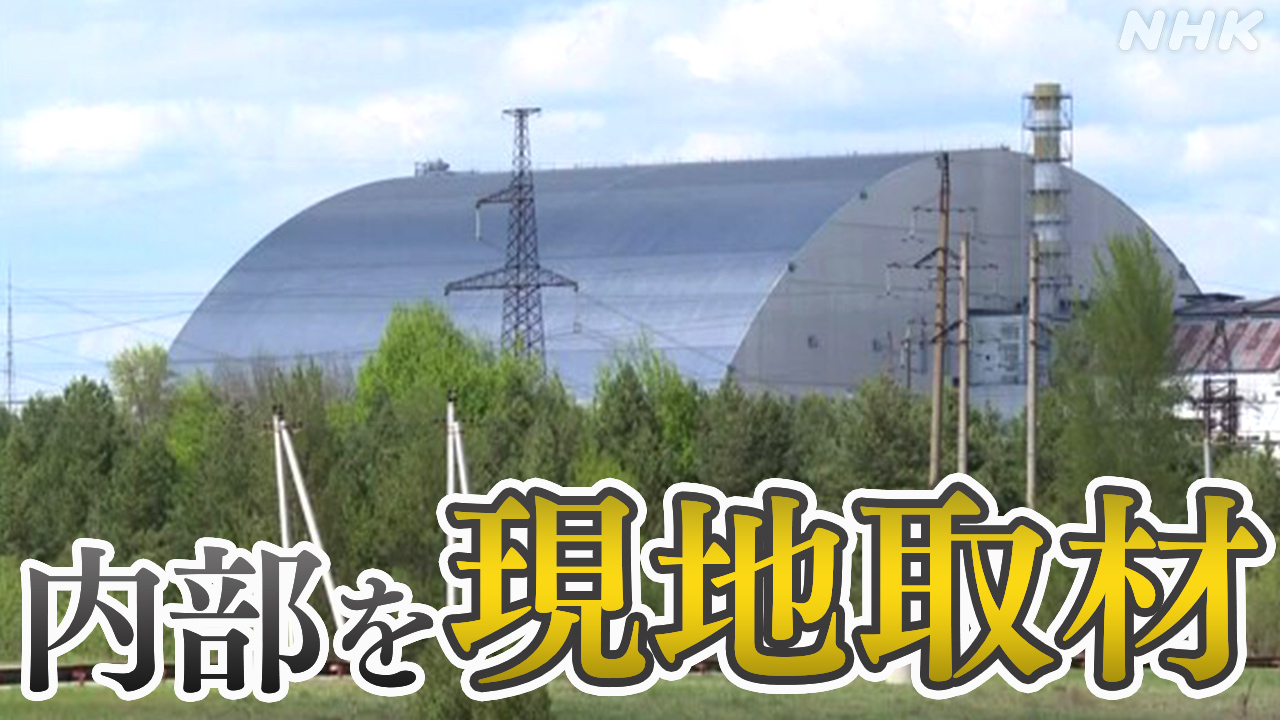Chernobyl's Damaged Shelter: Ongoing Concerns and the Path to a Secure Future
The Chernobyl disaster, a catastrophic nuclear accident in 1986, left behind a legacy of environmental devastation and ongoing challenges. While the immediate aftermath saw heroic efforts to contain the fallout, the long-term implications, particularly concerning the damaged reactor shelter, remain a significant concern. This article delves into the current state of the Chernobyl New Safe Confinement (NSC), the ongoing challenges, and the future of the site.
The Chernobyl New Safe Confinement: A Monumental Engineering Feat
The Chernobyl New Safe Confinement (NSC), a massive arch-like structure built over the damaged reactor 4, stands as a testament to human ingenuity. Completed in 2016, this gargantuan structure was designed to encase the highly radioactive debris, preventing further environmental contamination and facilitating the eventual decommissioning of the site. Its construction was a complex and ambitious undertaking, requiring cutting-edge engineering solutions and international collaboration.
Key Features and Functionality of the NSC:
- Containment: The NSC's primary function is to contain radioactive dust and debris, preventing their spread through wind and rain.
- Stability: The structure is designed to withstand extreme weather conditions and potential seismic activity.
- Decommissioning Support: The NSC provides a safe and controlled environment for the eventual dismantling of the reactor.
- Remote Operations: Much of the work inside the shelter is conducted remotely using robotic systems, minimizing human exposure to radiation.
Ongoing Challenges and Concerns:
Despite the NSC's success in containing the immediate threat, numerous challenges persist:
The Issue of Long-Term Radioactive Waste Management:
The NSC doesn't solve the problem of the vast amount of radioactive waste contained within. The long-term strategy for safely managing and disposing of this waste remains a significant hurdle, requiring considerable resources and advanced technological solutions. This is a crucial aspect that requires ongoing international cooperation and research.
Environmental Monitoring and Research:
Continuous monitoring of the surrounding environment is critical to assess the long-term impact of the disaster and the effectiveness of the NSC. Ongoing research is vital to understanding the complex ecological processes affected by radiation and developing effective remediation strategies. [Link to a relevant scientific article on Chernobyl's environmental impact].
Funding and International Cooperation:
The long-term maintenance and decommissioning of Chernobyl require substantial financial resources and sustained international collaboration. Securing consistent funding and coordinating efforts across various international organizations remains a critical factor in ensuring the success of the project.
The Psychological Impact on the Local Population:
The Chernobyl disaster left a lasting psychological impact on the local population. The ongoing presence of the site, even with the NSC, serves as a constant reminder of the tragedy. Addressing the psychological and social needs of those affected remains an essential aspect of the recovery process.
The Future of Chernobyl: Towards a Secure and Sustainable Future
The future of Chernobyl hinges on continued international cooperation, sustained funding, and advancements in nuclear decommissioning technology. The NSC represents a significant milestone, but it's crucial to acknowledge the ongoing challenges and commit to a comprehensive long-term strategy. This includes:
- Developing robust radioactive waste management solutions.
- Implementing effective environmental monitoring programs.
- Securing sustained international funding.
- Supporting the psychological and social needs of affected communities.
The Chernobyl disaster serves as a stark reminder of the potential consequences of nuclear technology. However, the ongoing efforts to secure the site and mitigate its long-term impacts also demonstrate the power of international collaboration and human resilience. By tackling these challenges head-on, we can work towards a more secure and sustainable future for the Chernobyl Exclusion Zone.
Call to Action: Learn more about the ongoing efforts to decommission Chernobyl and support organizations dedicated to environmental remediation and the well-being of affected communities. [Link to a relevant charity or organization].
